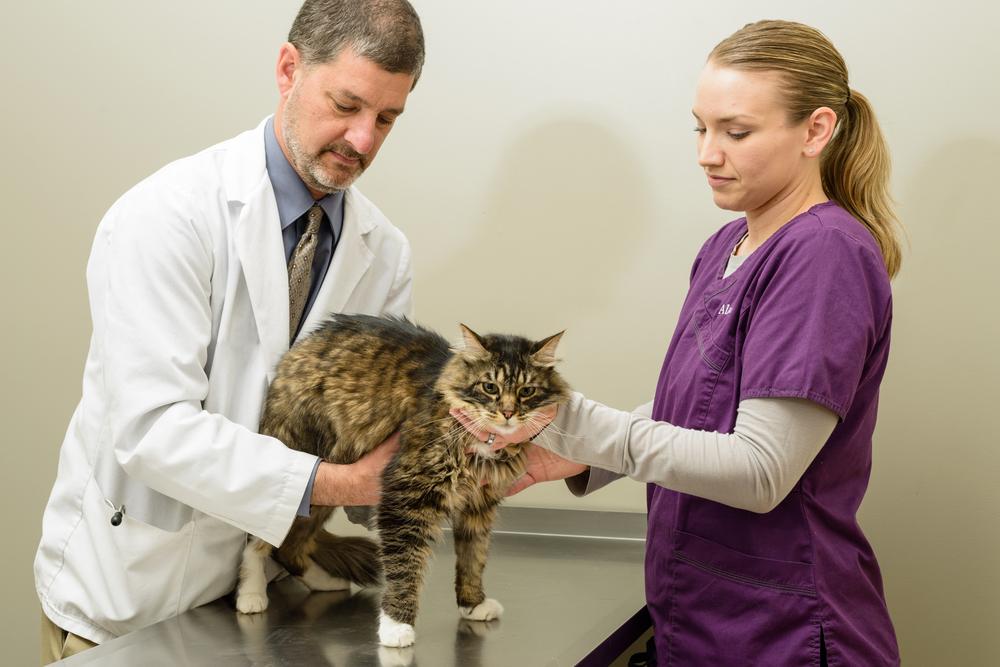Essential Guide to Choosing the Right Pet Insurance for Your Furry Friend
Choosing the right pet insurance involves understanding key factors like costs, coverage types, exclusions, and additional benefits. Evaluating these elements carefully ensures your pet receives comprehensive care while managing expenses effectively. This guide explores vital considerations to help you select the best plan tailored to your furry friend's needs, focusing on affordability, coverage scope, and future renewals for peace of mind.

Comprehensive Factors to Consider When Selecting Pet Insurance
As pet owners, we understand that our beloved animals are susceptible to health issues, accidents, and unforeseen medical emergencies just like humans. Protecting your furry friend with appropriate pet insurance can provide peace of mind and financial security. However, selecting the right policy requires a thorough understanding of various critical factors that influence coverage, costs, and overall suitability. By carefully evaluating these aspects, you can ensure your pet receives optimal care without financial strain.
Understanding Cost Components of Pet Insurance The financial outlay involved in pet insurance primarily includes premiums, deductibles, copayments, and potential claims. Premiums are periodic payments made to maintain coverage, while deductibles are the amount you must pay out-of-pocket before your insurance kicks in. Cooperatively, copayments represent your share of veterinary expenses when submitting a claim. These costs are significantly affected by your pet's breed, age, health history, and the coverage options you select. For example, certain breeds with predisposed health conditions may have higher premiums, while older pets could face increased deductibles or limited coverage options.
The Claims Process and Reimbursement Procedures Typically, pet insurance policies involve a straightforward process: you pay the veterinary provider directly and subsequently submit paperwork—such as invoices and medical records—for reimbursement. Understanding this process beforehand helps in avoiding delays and ensures smooth handling of claims. Some insurers offer direct billing arrangements, reducing your upfront costs, while others require you to handle reimbursement after treatment.
Coverage Limitations and Exclusions No insurance policy is entirely comprehensive; certain conditions are often excluded. Common exclusions include genetic, hereditary, or congenital issues, which may not be covered by standard plans. Preventative care, such as dental cleaning, vaccines, or routine checkups, might also fall outside the scope unless you opt for wellness add-ons. Carefully reviewing these limitations is essential to prevent surprises when claims are denied or only partially reimbursed.
Types of Pet Insurance Plans Pet insurance plans fall broadly into three main categories:
Lifetime or Comprehensive Coverage: Offers extensive protection for your pet’s entire life span, covering chronic conditions, illnesses, and injuries. Premiums are usually higher but provide peace of mind for ongoing health management.
Accident-Only Plans: Designed to cover unforeseen injuries due to accidents or emergencies, ideal for pet owners seeking basic defense against unexpected events. These plans are generally more affordable but limited in scope.
Per-Condition or Fixed-Term Plans: Cover specific health issues for a specified period, often one year, with limits on coverage per condition. They are cost-effective options for pet owners focusing on particular health concerns.
Age Restrictions and Breed Considerations Many pet insurance providers impose age limits for new policies; senior pets may face coverage exclusions or higher premiums. Breed-specific risk factors can also influence coverage options. Dogs prone to hip dysplasia or certain breeds with known genetic disorders might be eligible only for basic plans or may require additional riders to cover specific conditions.
Policy Renewals and Coverage Adjustments Annual renewal processes allow insurers to reassess coverage terms, premiums, and exclusions. It's common for some benefits to be reduced or changed upon renewal, so reviewing each year's policy details is advisable to maintain optimal coverage.
Additional Benefits and Wellness Options Many pet insurance providers offer optional wellness or preventive care plans. These can include routine services like vaccinations, parasite treatments, dental cleanings, spaying/neutering procedures, and annual health checkups. While these additional benefits often come at an extra cost, they can significantly reduce out-of-pocket expenses for routine veterinary care, promoting overall pet health and well-being.





